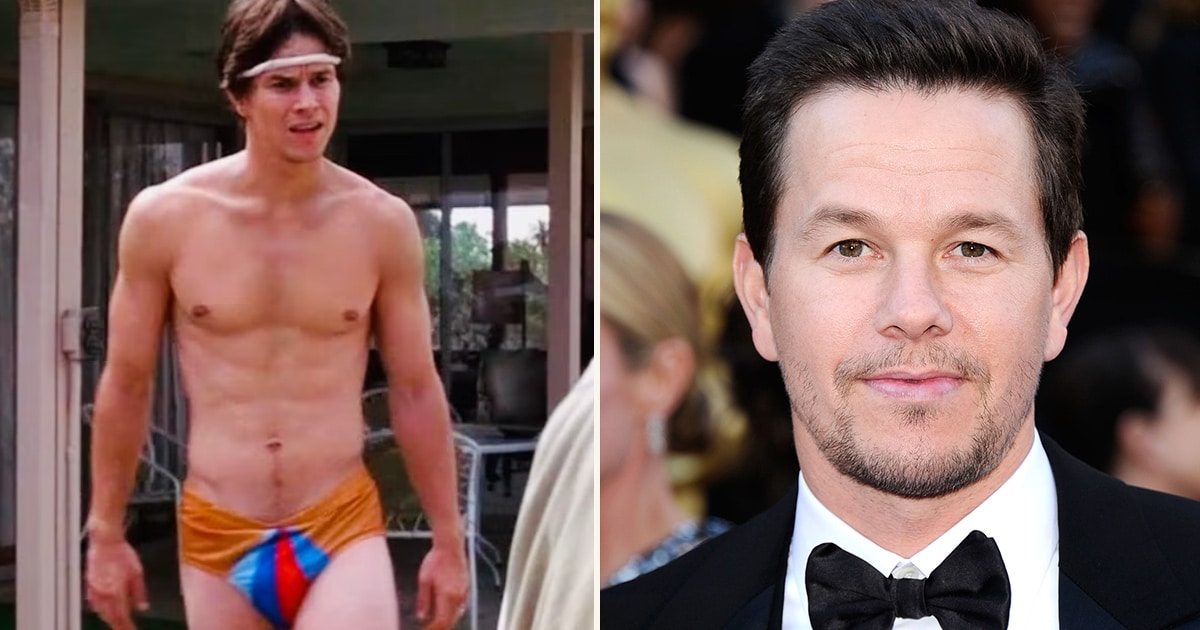One of the most exciting movies of the 1990s, Boogie Nights may be slightly controversial, but there’s no denying the impact it had. Writer-director Paul Thomas Anderson’s breakthrough film wowed critics and audiences, and helped launch much of its cast – most notably leading man Mark Wahlberg – to Hollywood superstardom, all whilst exploring the thorny subject of the adult entertainment industry in the late 70s and early 80s. Below are some things you might not have realised about this classic movie.
20. It’s based on the story of a real adult film star
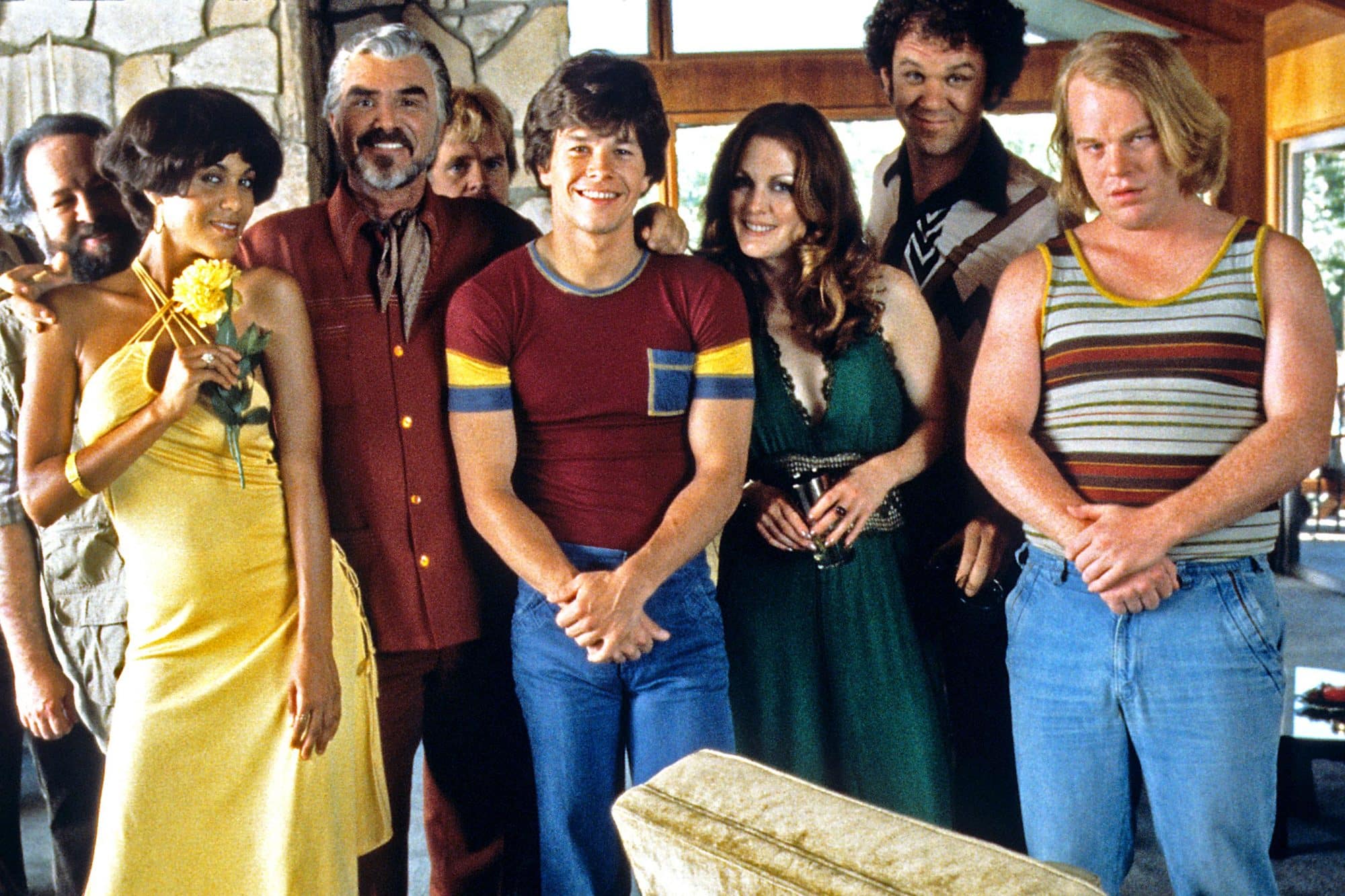
While the characters in Boogie Nights are fictitious, they were broadly modelled on real-life figures from the adult film industry. Mark Wahlberg’s Dirk Diggler is based on John Holmes, the most celebrated male performer in adult films in the 70s. Likewise, Burt Reynolds’ Jack Horner is an embellishment of Bob Chinn, who wrote and directed most of Holmes’ movies.
Holmes was the subject of a 1981 documentary entitled Exhausted: John C. Holmes, The Real Story. This inspired Paul Thomas Anderson to make a short ‘mockumentary’ called The Dirk Diggler Story whilst at film school in the late 80s, and this short film in turn became the basis of Boogie Nights.
19. It could have starred Leonardo DiCaprio or Joaquin Phoenix instead of Wahlberg

Paul Thomas Anderson originally wanted to cast Leonardo DiCaprio as Dirk Diggler. Alas, DiCaprio had to pass as he’d already signed on the dotted line to star in Titanic. Joaquin Phoenix was also offered the role, but he declined as he was uncomfortable with the subject matter. (Phoenix made up for it years later by collaborating with Anderson twice, in 2012’s The Master and 2014’s Inherent Vice.)
Reportedly, it was DiCaprio himself who suggested Anderson should instead consider Mark Wahlberg for the part, as the two actors had recently worked together on The Basketball Diaries. This was a big break for Wahlberg, who was still best known for his pop career as Marky Mark, and for his work as a Calvin Klein underwear model.
18. Paul Thomas Anderson originally wanted to make a more graphic three-hour epic

At 155 minutes in length, Boogie Nights is a pretty lengthy and in-depth look into the culture behind the adult film industry in the late 70s and early 80s. However, if writer-director Paul Thomas Anderson had had his way, it would have been an even longer and more explicit movie.
Anderson’s original vision was for a film that would run for a full three hours and would carry the NC-17 rating. However, after a number of high profile NC-17s flopped hard, studios were very wary of going there. At the insistence of New Line Cinema executive Michael De Luca, Anderson agreed to tone things down a little for an R-rating, and trimmed 25 minutes’ worth of material from the script.
17. Mark Wahlberg almost turned the film down, worried it would be another Showgirls
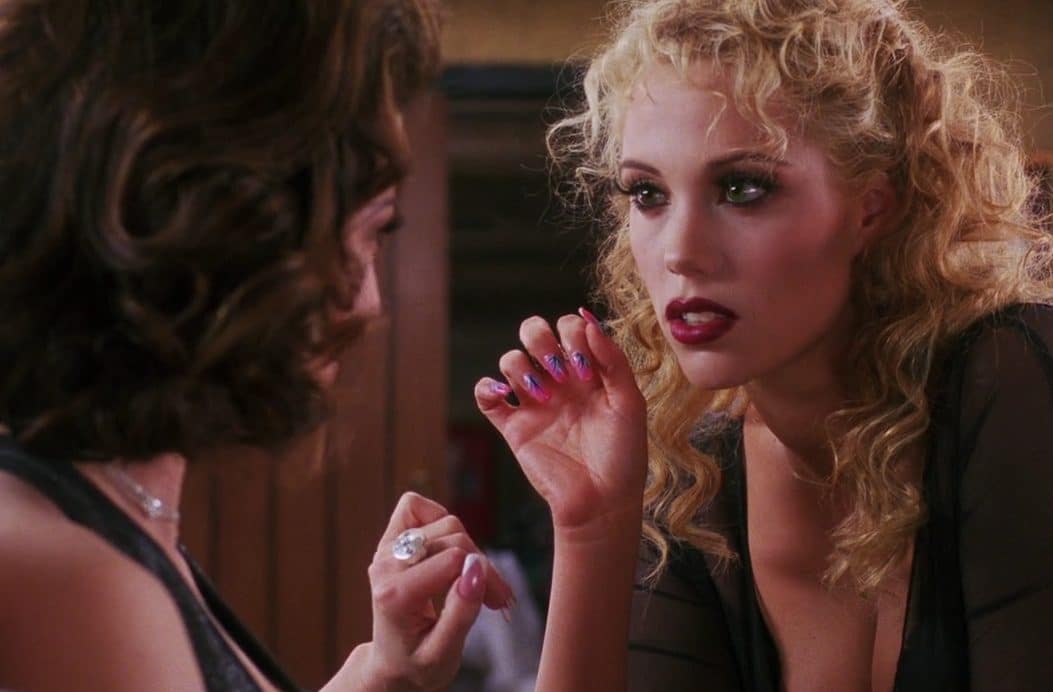
Surely the most infamous of the early NC-17 flops is 1995’s Showgirls. Critically reviled and commercially disastrous, Showgirls set back the careers of everyone involved – particularly its unfortunate leading lady, Elizabeth Berkley. When Boogie Nights was first offered to Mark Wahlberg, he feared the role could do for him what Showgirls did for Berkley.
Wahlberg recalls, “I was like, ‘Ehh, I don’t want to do this.’ But there was just so much hype around the script. So finally I started reading it. I got 35 pages into it, I put it down, I said, ‘I’ve got to meet the director.’” After meeting Paul Thomas Anderson, Wahlberg signed on to play Dirk Diggler.
16. Burt Reynolds was the sixth choice to play Jack Horner
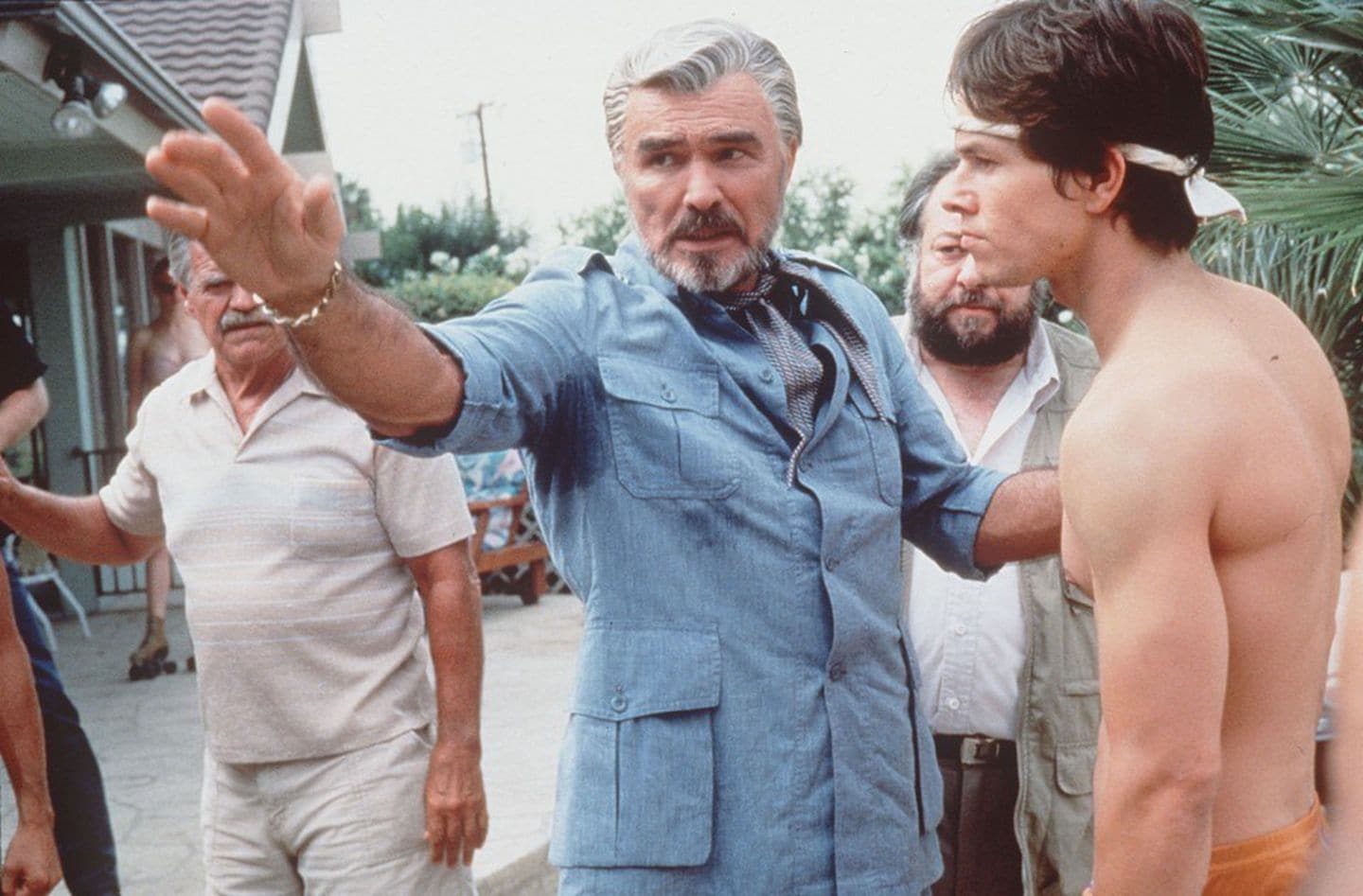
As well as giving a major career breakthrough role to Mark Wahlberg, Boogie Nights also proved a huge comeback for Burt Reynolds. Years earlier, Reynolds had been one of the biggest movie stars around off the back of such hits as Deliverance and Smokey and the Bandit, but by the late 90s his career had stalled.
However, Reynolds wasn’t exactly top of Paul Thomas Anderson’s wish list for Jack Horner. Harvey Keitel, Bill Murray, Albert Brooks, Sydney Pollack and Warren Beatty were all approached before Reynolds, but all of them either turned the part down or were unavailable.
15. Drew Barrymore and Tatum O’Neal were offered Rollergirl before Heather Graham

The first actresses seriously considered for the perpetually skate-clad Rollergirl were Drew Barrymore and Tatum O’Neal. Barrymore was famed at the time for playing ‘bad girl’ roles (and had not long since turned down the lead role in Showgirls). O’Neal famously won an Oscar aged just 10 for 1973’s Paper Moon, but had fallen off the radar by the 90s.
According to casting director Christine Sheaks, Tatum O’Neal gave “a terrific audition… she may have done something really brave with Paul.” However, when Heather Graham came in to read for the part Anderson and team knew they’d found their Rollergirl – and she wound up shooting her nude scene on her first day of filming.
14. Ron Jeremy was a consultant on the film
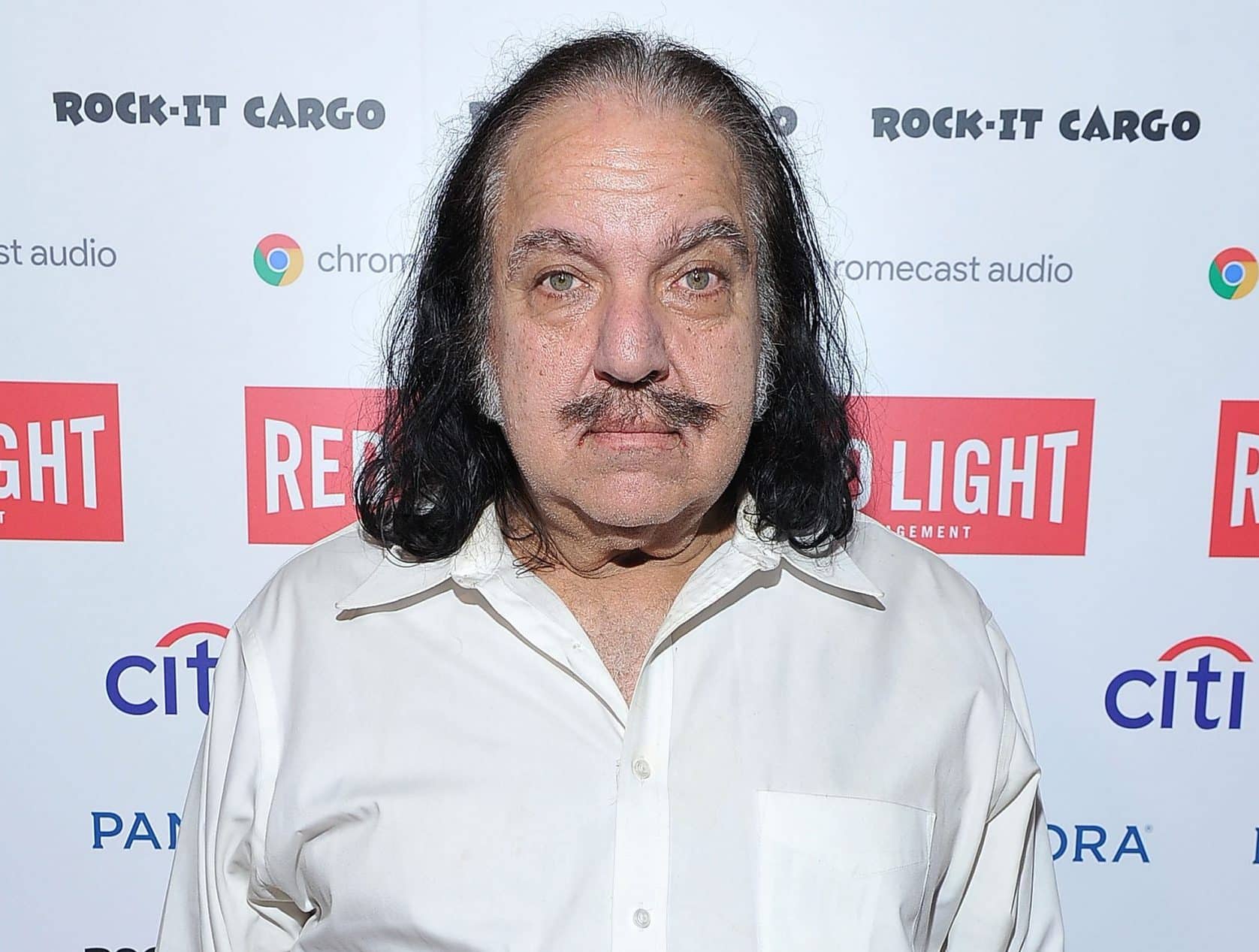
Boogie Nights director Paul Thomas was keen for his cast and crew to get a feel for the realities of working in the adult film industry. To this end, Anderson enlisted the help of Ron Jeremy, probably the industry’s most famous and prolific male performer since John Holmes. Anderson spent a year hanging out with Jeremy, who was officially credited as a consultant on the 70s-set drama.
Jeremy later told The Independent that Boogie Nights is “a very accurate depiction – of a select few. It was not my crowd. I was not involved in murders or drugs.” However, Jeremy has since faced numerous charges of sexual misconduct, with 21 women accusing the adult film performer.
13. A real adult film actress plays the wife of William H Macy’s character
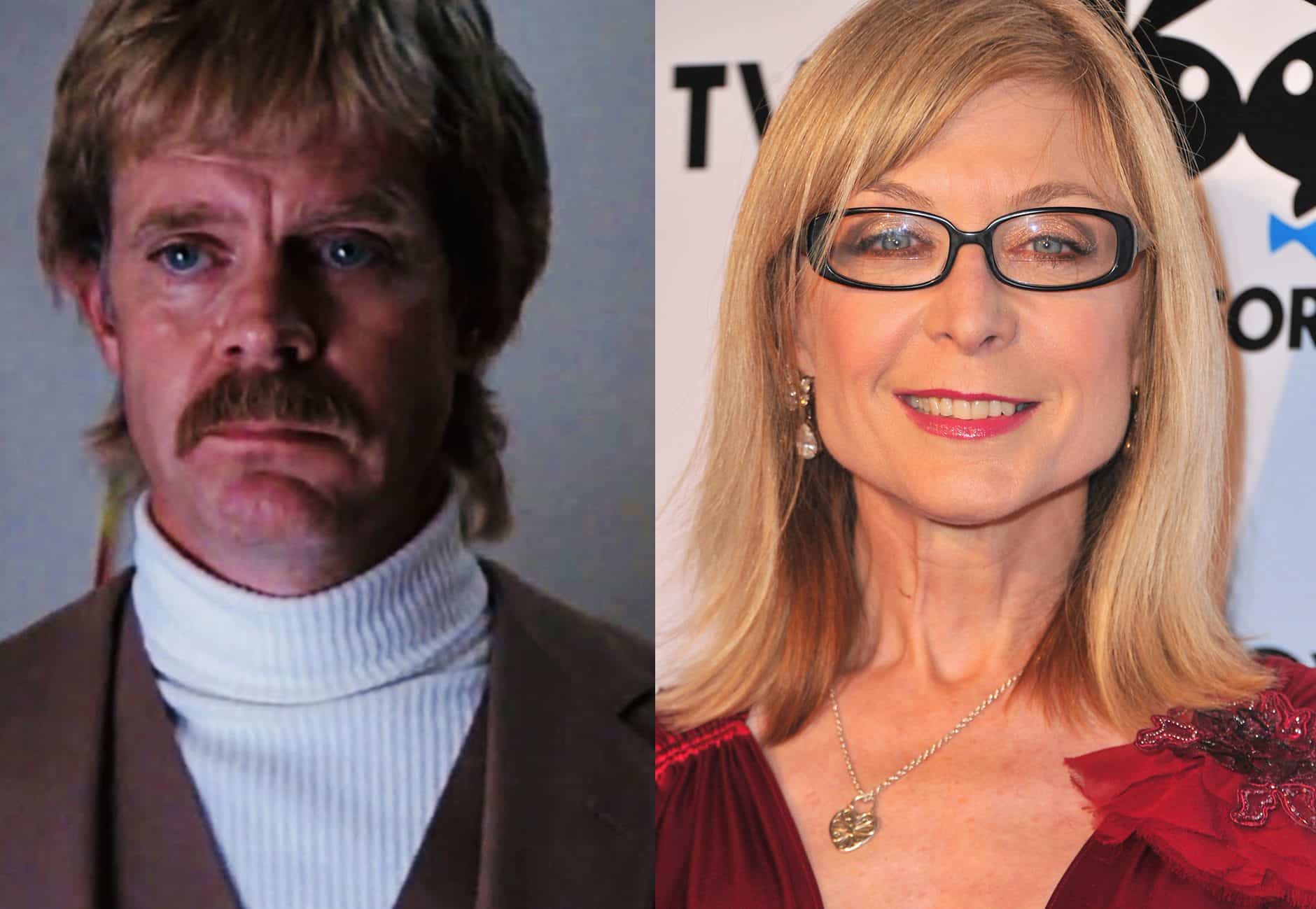
While Ron Jeremy helped out in an off-camera capacity, another adult film performer has a small but key acting role in the film. For the unnamed cuckolding wife of William H. Macy’s ‘Little’ Bill Thompson, Anderson cast Nina Hartley, another prolific figure with decades of experience in the real adult industry.
Hartley says there was some tension between herself and some of the regular actors in the movie, likely down to an ‘us and them’ mindset. However, Hartley insists that William H. Macy himself “treated me with respect and professionalism. And I really appreciated that.”
12. Samuel L. Jackson turned down the role that went to Don Cheadle

As Boogie Nights was the film on which Paul Thomas Anderson really made his name, it’s easy to forget it wasn’t the writer-director’s debut. In fact, Anderson actually made his directorial debut a year earlier, with a crime drama entitled Hard Eight, which starred John C. Reilly (who would return for Boogie Nights), plus Gwyneth Paltrow and Samuel L. Jackson.
Anderson was so keen to work with Jackson again after Hard Eight that he offered him the part of Boogie Nights’ Buck Swope. However, on being presented with the script, Jackson – who’s not known for turning roles down too often – reportedly responded, “What the hell is this?” As a result, the part was instead offered to Don Cheadle, who happily accepted.
11. Burt Reynolds tried to punch Paul Thomas Anderson
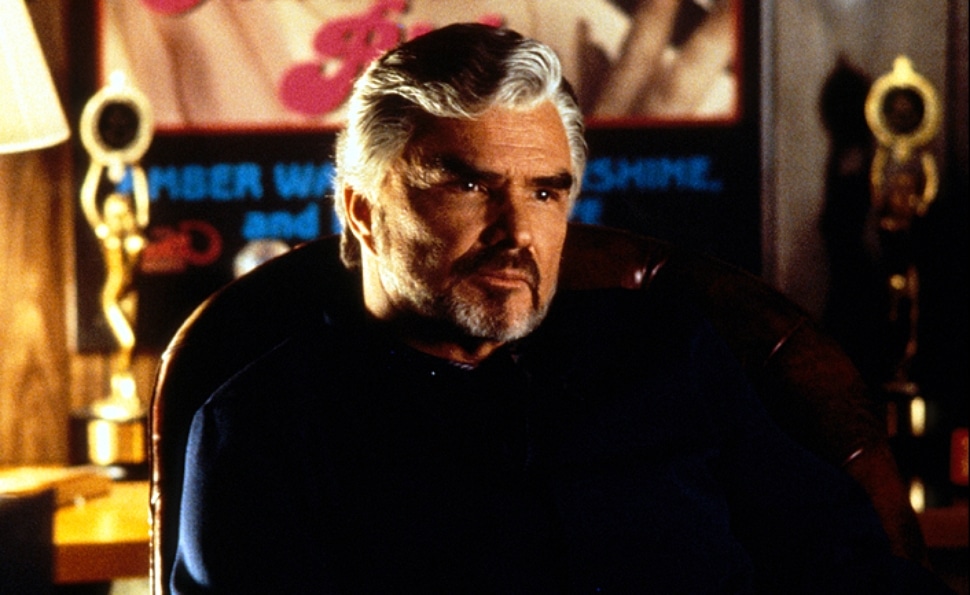
The late Burt Reynolds made no secret about his disdain for Boogie Nights – and part of the problem was his relationship with the writer-director. By all accounts, Reynolds and then-relative newcomer Paul Thomas Anderson did not get along at all during shooting. Tensions between the two got so bad that witnesses state the seasoned actor physically attacked the director at one point.
Assistant director John Wildermuth recalls, “Burt got so frustrated he pulled Paul outside into the backyard and started yelling at him, like a father, you know? ‘You f***in’ little punk kid, don’t tell me what to do.'” Actor Tom Lenk agrees: “We saw some fists flying from Burt Reynolds… he was trying to punch our director in the face.”
10. Dirk’s song is from The Transformers: The Movie

One of the most hilariously cringe-worthy moments in Boogie Nights comes when Mark Wahlberg’s Dirk and John C. Reilly’s Reed Rothchild attempt to start a new career as rock stars. Dirk goes into the studio to sing a painfully out of tune rendition of a none-more-80s rock song entitled The Touch.
Written by Stan Bush, the air-punching power ballad was originally featured in 1986’s The Transformers: The Movie. However, Boogie Nights plays a bit loose with history there, as the film shows Dirk singing the song in 1983 – three years before Stan Bush actually wrote and recorded it.
9. The studio initially wanted to open the film on the same day as The Lost World: Jurassic Park
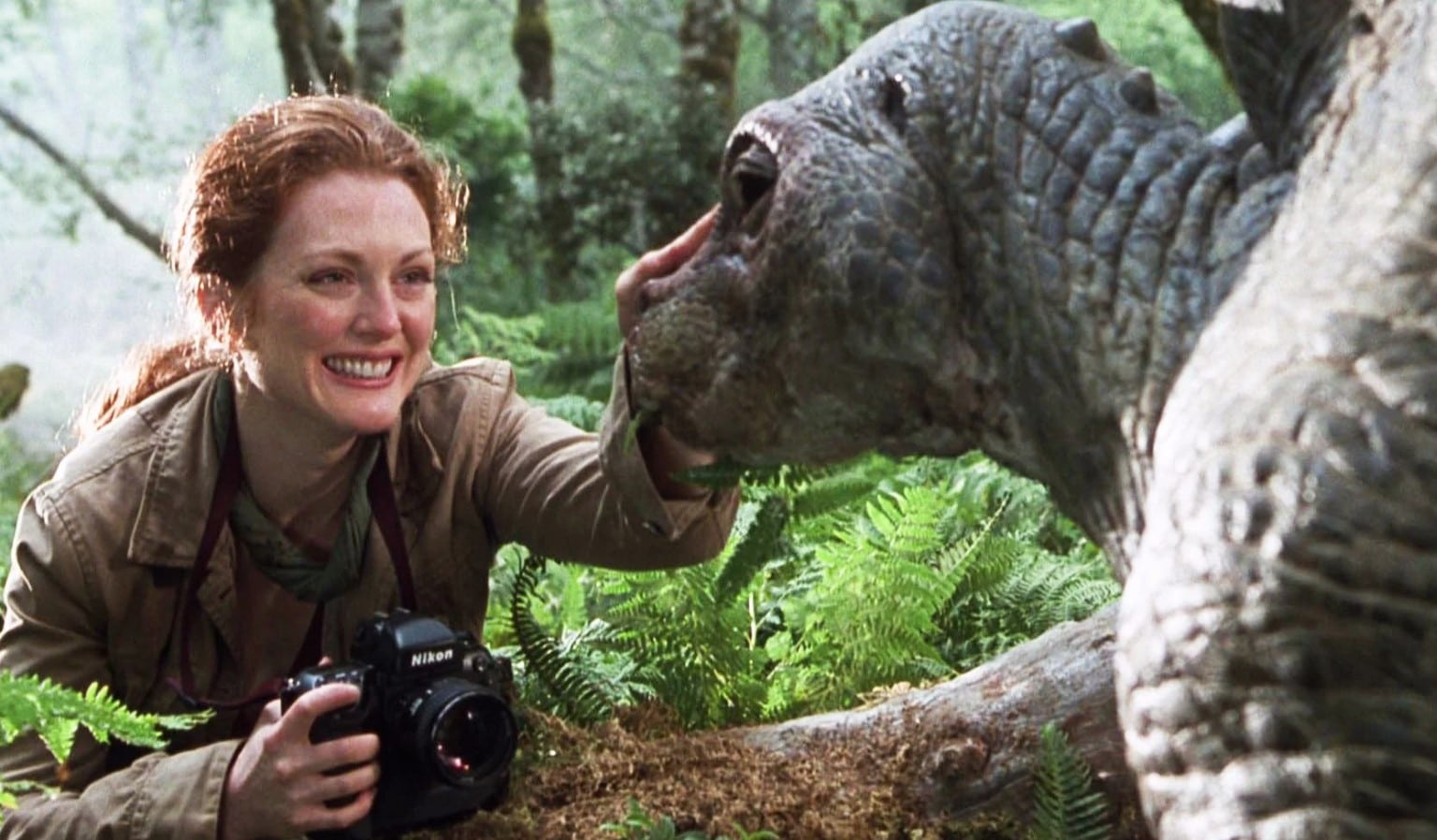
If New Line Cinema had stuck to their original plan, Julianne Moore fans would have been spoilt for choice on 23rd May 1997. Studio New Line Cinema initially planned to release Boogie Nights back-to-back with Universal’s The Lost World: Jurassic Park, which stars Moore alongside Jeff Goldblum.
Paul Thomas Anderson explains in the Boogie Nights DVD commentary that the executives at New Line felt their more mature, cerebral film would be interesting ‘counter-programming’ to Steven Spielberg’s big budget, FX-driven monster movie. However, New Line reconsidered, instead releasing Boogie Nights in peak awards film season on 10th October 1997; it went on to make $43.1 million at the box office (a far cry from The Lost World: Jurassic Park’s $618.6 million).
8. Julianne Moore hardly needed any direction
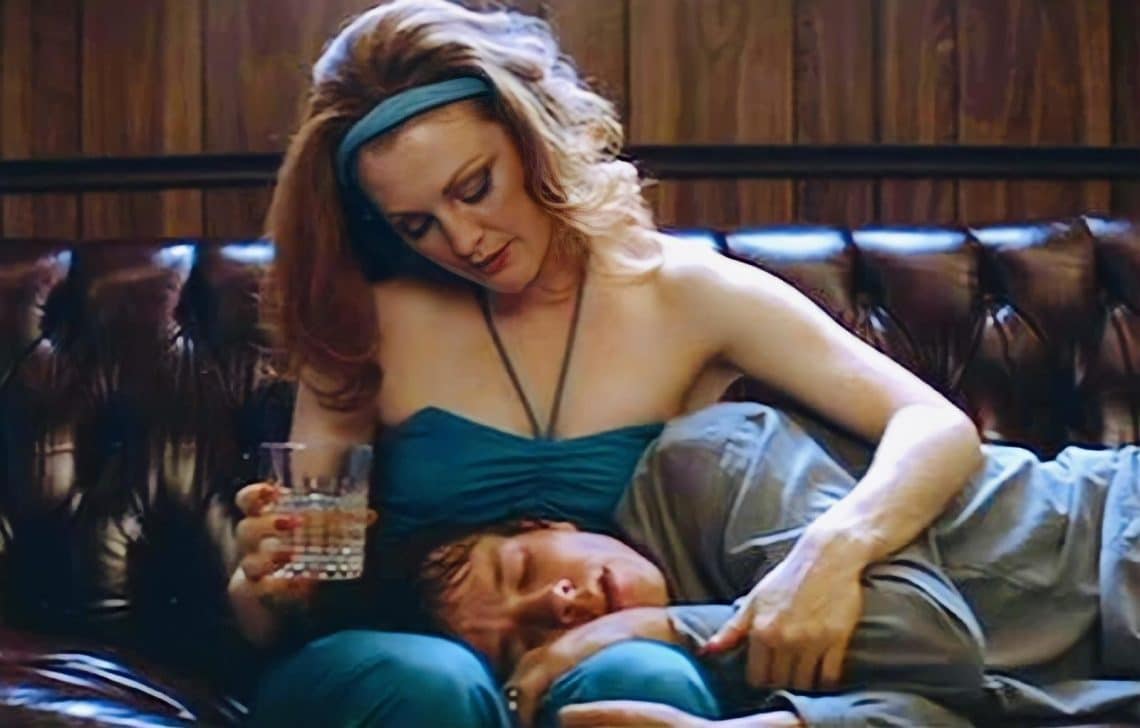
Julianne Moore was already a respected actress before landing the part of Amber Waves in Boogie Nights. Her career reached new heights thanks to the role, which had been offered to Marisa Tomei beforehand. In the film’s DVD commentary, the director recalls he only ever had to give Moore specific direction on one occasion.
Anderson simply told Moore to say “too many things” during a scene in which her character is on drugs. The performance would land Moore her first Oscar nomination, in the Best Supporting Actress category. Moore would be Oscar-nominated a further three times before finally taking home the gold for Still Alice in 2015.
7. The murder-suicide scene was originally more graphic

Boogie Nights may have toned down its content enough to avoid the NC-17 rating, but it’s still very much adults-only viewing. In the first cut of the film, the most shocking moment of violence was a lot more graphic and disturbing. This scene comes midway, when William H. Macy’s Bill shoots his wife and her lover, then himself.
Originally, the deaths of Nina Hartley’s wife character and her male partner were shown on screen. However, after test screenings, Anderson and the Boogie Nights producers agreed that the scene was too gruesome. Instead, the film cuts away to the action at the party when the gun is fired, and features only a brief shot of Macy’s Bill shooting himself.
6. Dirk Diggler’s ‘talent’ was a prosthetic
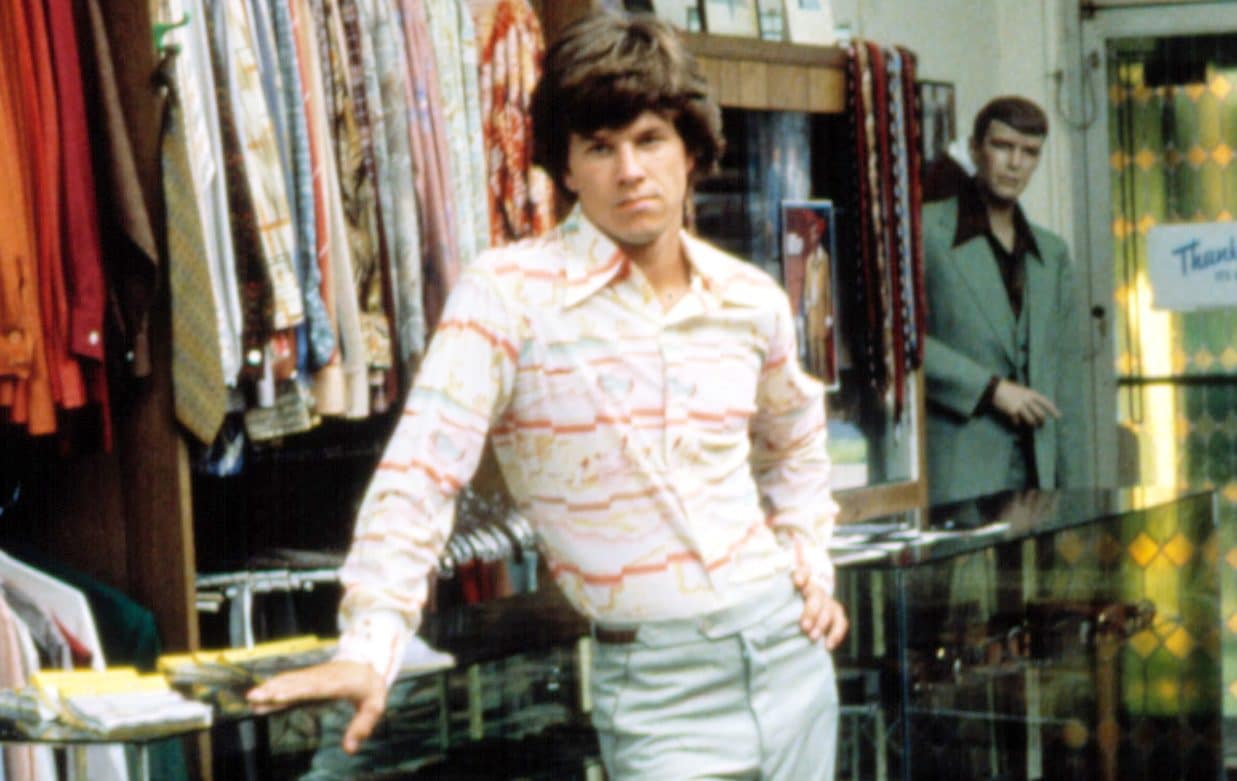
Without going into too much detail, if you’ve seen Boogie Nights, then you will likely remember the film’s final shot. This climactic moment is the only time that Dirk Diggler’s most renowned body part is actually shown on camera. However, in case you’ve ever wondered – no, the appendage in question isn’t actually part of Mark Wahlberg’s anatomy.
Instead, the actor was fitted with a specially made prosthetic especially for the scene. Wahlberg told talk show host Seth Meyers in 2016 that he got to keep the prosthetic, and says “maybe at some point I can sell it at auction for charity.”
5. The final scene is also an homage to Raging Bull
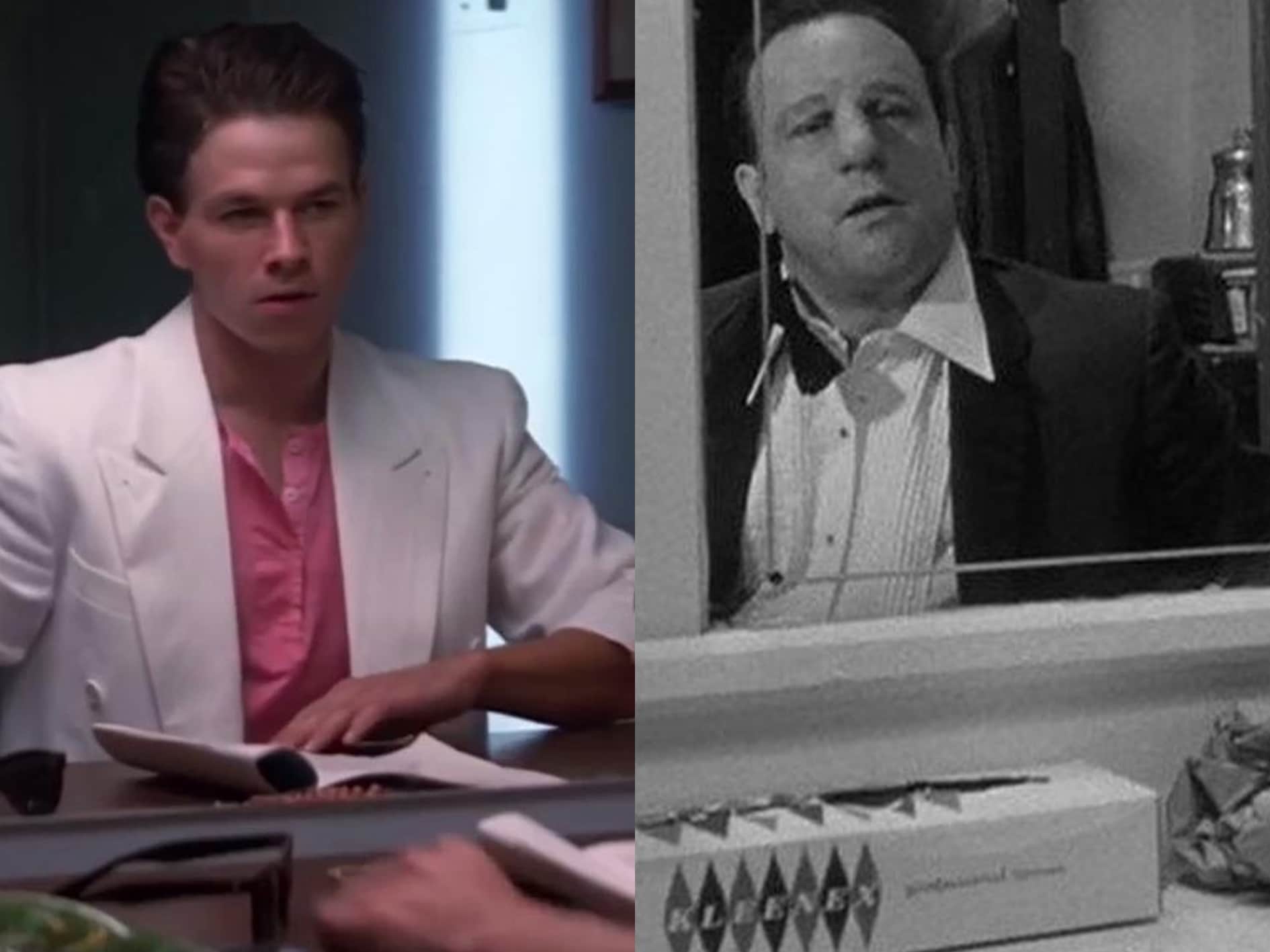
Viewers who manage not to be totally distracted by the reveal of that body part might notice something else about the final scene of Boogie Nights. The movie ends with Wahlberg’s Dirk Diggler preparing to go back on set, reciting his lines directly to the mirror.
If this seems vaguely reminiscent of the last scene of another classic movie, that’s not a mere coincidence. The scene is an homage to the ending of Raging Bull, which sees Robert De Niro’s Jake LaMotta reciting dialogue to a dressing room mirror.
4. Reynolds fired his agent because he hated the film so much

In terms of critical kudos, Boogie Nights proved to be the best thing to happen to Burt Reynolds since Deliverance. The seasoned star, who had not always been taken seriously by critics, was widely praised for his performance, which won him a Golden Globe and saw him nominated for the Best Supporting Actor Oscar.
However, Reynolds had taken a lot of convincing to sign on for the film, and had an uneasy relationship with it throughout production. After he saw a rough cut of the film, Reynolds actually fired his agent for even recommending he star in it. In 2014, when Reynolds had fallen on hard times professionally, he sold his Golden Globe.
3. Wahlberg has since (jokingly) distanced himself from the film
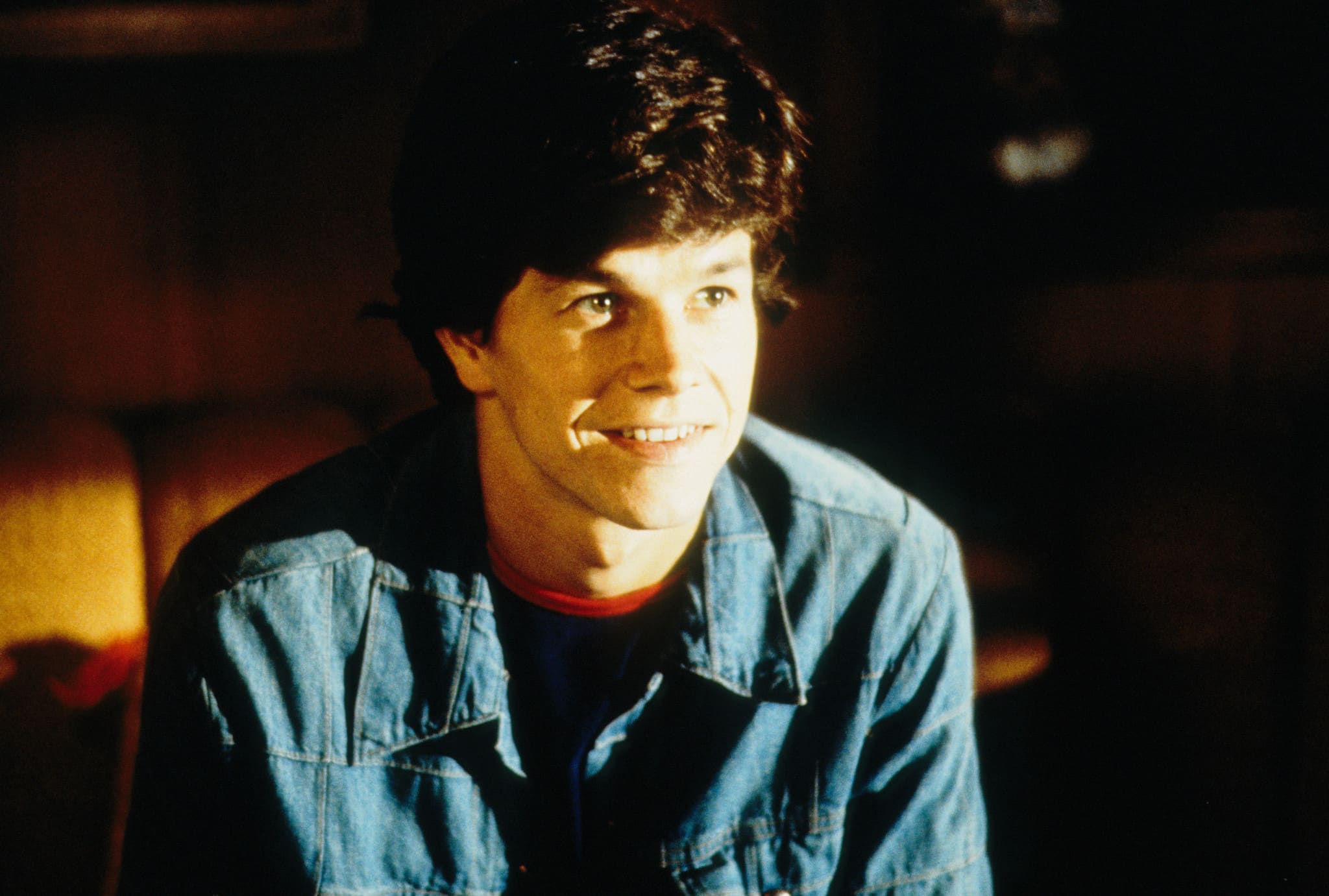
Mark Wahlberg surprised many in 2017 when he appeared to express regret for making Boogie Nights. A Catholic, Wahlberg appeared at a religious conference when he said on stage, “I just always hope that God is a movie fan and also forgiving, because I’ve made some poor choices in my past. Boogie Nights is up there at the top of the list.”
The actor later clarified that he does not actually feel ashamed of the film, but was acknowledging that its subject matter didn’t sit too comfortably with his faith. The actor explained, “I was just saying that I just hope [God] has a sense of humor because I may have made some decisions that may not be okay with Him.”
2. There will never be a sequel

An independent-spirited film like Boogie Nights from an auteur director like Paul Thomas Anderson isn’t necessarily something that screams “franchise.” However, this hasn’t stopped some devoted fans of the movie hoping that we might at some point get a follow-up. Sadly for them, Anderson has ruled out any chance of there ever being a sequel to Boogie Nights.
The writer-director explains he wouldn’t want to attempt a follow-up catching up with the characters years later as “I fear that most of them might be dead. I doubt Dirk Digger (would still be) alive. He’d be probably gone. I couldn’t see him making it.” Indeed, John Holmes – on whom Diggler was modelled – died at age 43 in March 1988, from AIDS.
1. It’s deliberate that the characters never change

Boogie Nights firmly established Paul Thomas Anderson as a writer-director with a singular talent for crafting textured, believable characters. A big part of how this comes across in Boogie Nights is the near-total lack of conventional character development. Anderson made a point of not giving the Boogie Nights characters the standard character arcs expected in Hollywood productions.
Anderson explained to Indiewire, “usually what you see in a movie is that [the characters] become smarter at the end of the movie, somehow. That doesn’t really happen here. Everybody is the same. Maybe if there’s a change, it’s like one degree. Normally you see a 90-degree change in a movie. To me, they’re all pretty much the exact same people as they were at the beginning of the movie.”

